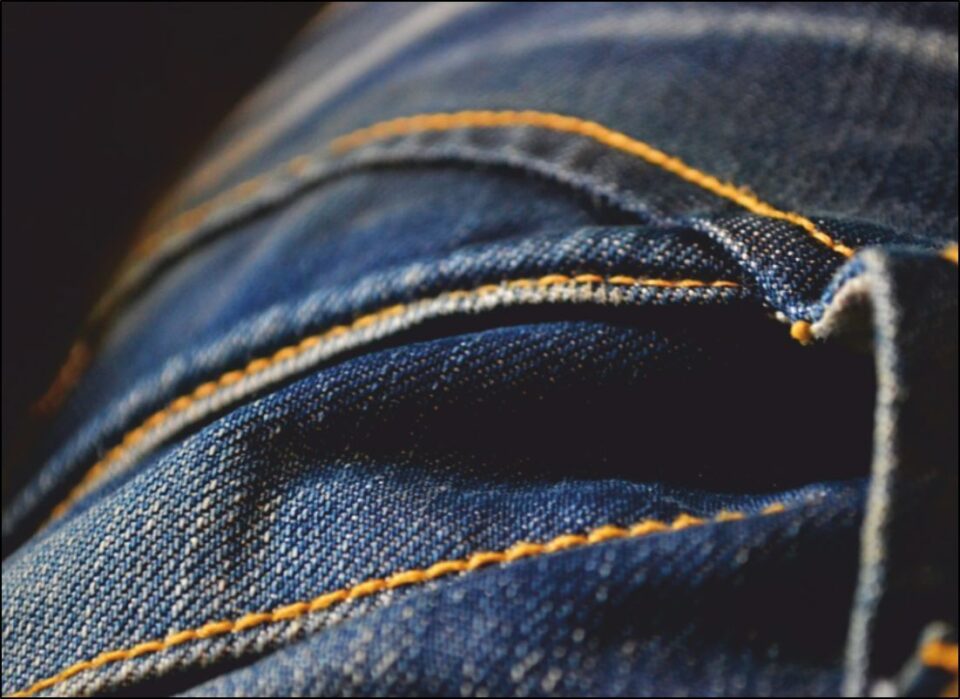We have all seen it, one aunty at the train station paying her way through the journey with money hidden under her bosom. To some it is plain right disgusting, some might find it fascinating, for the woman though, it is a practicality. Fashion has not always been kind to women. In fact, in 1954 Christian Dior observed that “Men have pockets to keep things while women have them for decoration”.
In the middle ages, there were no pockets; both men and women carried little pouches suspended by ropes allowing them to carry basis. A little while later clothes with slits for both genders emerged which let you put things. It was only in the 17th century that men finally got pockets in their clothes. For women however, by this time the slits had morphed into small pouches to be carried below their waists. When topped by a corset, these pouches were useless, as one had to get undressed to access them.
Then came along Victorian era which was considered a marvel for fashion especially in England. For women it was the advent of ball gowns of unimaginable pomp and vastness. The embellishments and layers on some were worth a family treat to a fast food chain of today. This pomp, grace and festivity symbolised the greatness of that period, and it was also an ironic ode to patriarchy and practicality. The vision to have pockets for women went downhill from there, up to the foundation of the Rationalist Dress Society in 1891. These genius women encouraged sensible clothes and emphasized on pockets. In fact, their pockets were large enough to carry nutmeg shredders, kitchen Knick knacks, trusty powders and knives for the average Victorian kitchen gals.
Come the world wars, countries went to shambles but pockets for women emerged as a necessity for working in industries. In the aftermath, with the evolution of jeans and slim, body hugging fashion, women fashion once again became pocket free.
For Indian women, clothes left the colonial footprint. The increasing lengths of the Suits for Salvars left little room for pockets. Moreover, the Saree was never imagined with pockets. For men, the colonial hangover meant never leaving the pants and shirts, so pockets were always secured.
Slow but steadily, we went on to reduce the length of Kurtis. Finally, with the advent of the modern short Kurtis, women began to have their pockets in their pyjamas and Salvars. When it comes to modern dress wear though, women’s pantsuits and coats are still designed pocket free, and the ones with pockets act as mere good-for-nothing show-offs.
The major obstacle hindering utilitarian pocketed fashion is the handbag industry. Valued at 8 billion dollars, women handbag makers have a biased interest in not giving women pockets. Pockets eliminate the need for handbags. However, in the author’s humble opinion, with the cosmetics and skin-care sector booming, women carry at least 3-4 skin care products wherever they go. Even with pockets, handbags would always be pocket extensions and could never go out of style. Thereby, all in all, It is time, we lobby for pockets.


















